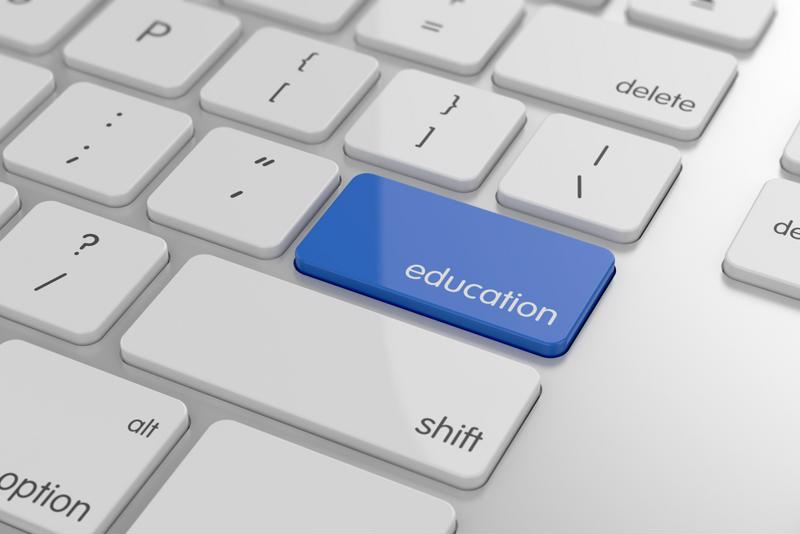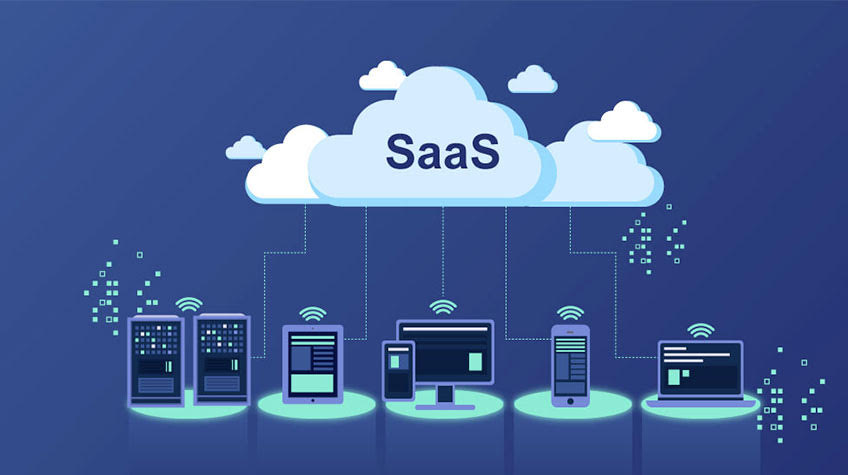When it comes to modern technology, a lot of the conversation revolves around how businesses can leverage the new tools in front of them. But other organizations have to keep these developments front of mind, as well. Educational facilities – namely K-12 schools – have just as many tasks to streamline as the enterprises that rely on them to shape the leaders of tomorrow.
"Just because something isn't labeled expressly as 'for school use' doesn't mean it can't come in handy for education professionals."
This, however, goes beyond the classroom. While the first thought for many regarding education technology comes in the form of things like tablets for students, there are other operational tasks that can be improved upon and made more efficient. Technology allows schools not only to empower teachers and pupils, but also to cut costs and eliminate paper consumption.
Every year, educators and admins have to take a hard look at the way their facilities are being run. Chances are that it is possible to make some relatively minor adjustments that will make a significant impact on daily operations.
CIOs have to look outside of 'education tech'
Just because something isn't labeled expressly as "for school use" doesn't mean it can't come in handy for education professionals. Gartner recently revealed that CIOs that work in schools shouldn't limit the scope of their searches for new assets.
"An increasing number of technical innovations and technology trends are emerging from within the industry, but most will emerge outside the industry, driven by major forces such as digital business and the consumerization and industrialization of IT," said Jan-Martin Lowendahl, Gartner vice president and analyst to INA. "Education sector CIOs need to take a broad approach and consider technologies from outside the education community, as well as looking for lessons from their peers. Focus on those that are most appropriate to your institution's strategy."
There are plenty of things that "enterprise IT" has to offer for schools. Making changes like facility-wide cloud implementation or a switch over to IP communications channels is the kind of thing that can ultimately help teachers to better support students. This may come in the form of a purely operational advantage or permit better funding through the use of cost-cutting technologies.
 Enterprise technologies can have powerful applications in schools.
Enterprise technologies can have powerful applications in schools.The importance of updating legacy tech
A great place to start for educational transformation is to examine existing systems. Is it time for some things to be replaced? Updated? Augmented? Asking these questions will help to determine a further course of action. There are several running themes in Gartner's list of technology strategies for schools in 2015, and one of the biggest is the idea of updating current assets or tasks – textbooks, testing, etc. – for modern success. A good way to frame this is to think about how something can made mobile or placed in the cloud effectively.
"If modern technology has taught us one thing, it's that an increasing number of tasks can be digitized."
One good place to start in this sense is the fax machine. Faxes are still essential components for organizations in the present day. Much of this has to do with remaining compliant with regulations like the Health Insurance Portability and Accountability Act (HIPAA). This may sound like something that only hospitals and doctors need to worry about, but any entity that handles health records has to take HIPAA into account. Schools are a good example of this. Chances are that there is a nurse's station onsite in just about every K-12 facility out there, and student wellness information has to remain protected while being handled by the employees that run them.
But faxing is seen as a cumbersome task in the age of email. Chances are, many people will ignore best practices when they are able to save a little time. This can lead to significant breaches the could jeopardize the well-being of students. Not only that, but recent revisions to the federal E-Rate program have promised to phase out discounts for landline-based technology – among other previously-supported assets – by 2020, according to FCC advisor Chas Eberle.
Prioritizing fax updates
Between loss of funding for landline connections and the necessity of fax machines, some schools may feel like they're between a rock and a hard place. But there is a solution here, and it's one that can have a powerful effect on how educational facilities run their day-to-day operations.
If modern technology has taught us one thing, it's that an increasing number of tasks can be digitized. Siloed machines and programs are losing their footing as more people come to realize that using a computer or smartphone for multiple tasks makes the most sense, logistically speaking. We've already seen several channels of communication begin to move to IP lines over the years – voice, mail, etc. – and now is the time to do the same for the fax machine.
Online and cloud-based fax solutions are quickly becoming essential for schools and other organizations to posses. By creating a digital interface that interacts with secure fax servers, users are able to remain compliant with regulations like HIPAA without putting a strain on their productivity. Additionally, fax over IP (FoIP) systems allow users to continue interacting with those outside the organization still running traditional fax machines. This makes sure that no one gets lost in the shuffle of digital transition that so desperately needs to happen in schools all over the country – not to mention the world.
 Getting tech up to speed in schools has to be a priority for administrators.
Getting tech up to speed in schools has to be a priority for administrators.Taking every advantage
There is a lot that IT in the present day has to offer schools, and it doesn't start or end in the classroom. It takes an incredible amount of effort to keep schools moving at the pace they need to, and CIOs need to be casting a wide net in order to find the right solutions. Not everything is going to have to do with students directly, but at the very least will help to create an environment where they are enabled to succeed. Small efficiencies add up and can indirectly improve the learning process for children enrolled in K-12 facilities.
One of the biggest ways to make a difference is to update legacy systems that are no longer efficient in an increasingly connected world. Faxing is a perfect example of this. The problem is not with the channel itself, but how it continues to be facilitated. Those organizations – educational or otherwise – that are still using paper-based faxes need to consider their alternatives. Cloud-based and online faxing are both perfect ways to retain both convenience and compliance.
Enhance enterprise communication, collaboration and compliance efforts with a proven FoIP solution from FaxCore. Contact FaxCore today to learn more about their 'Partly-Cloudy' fax solutions.




